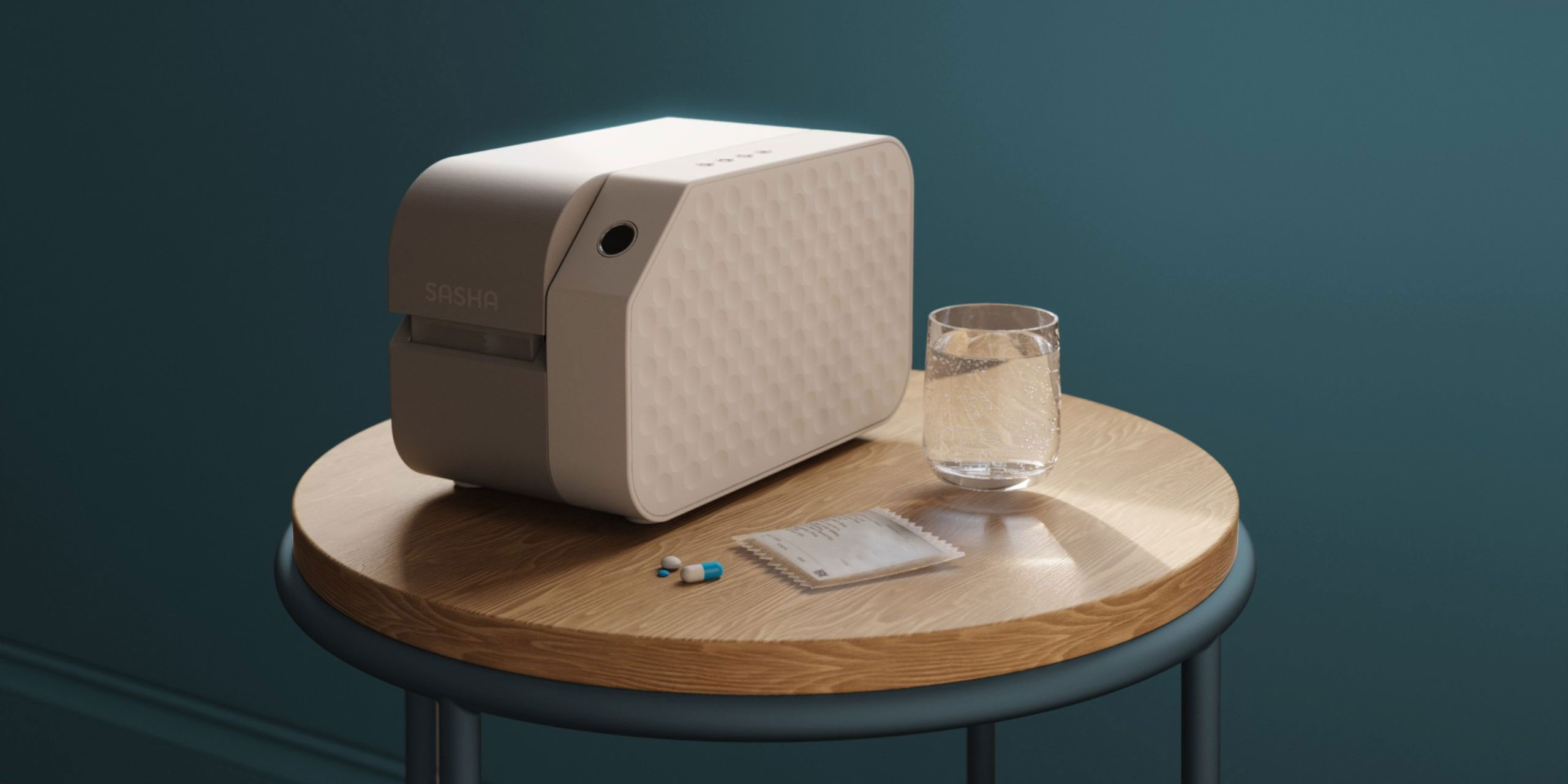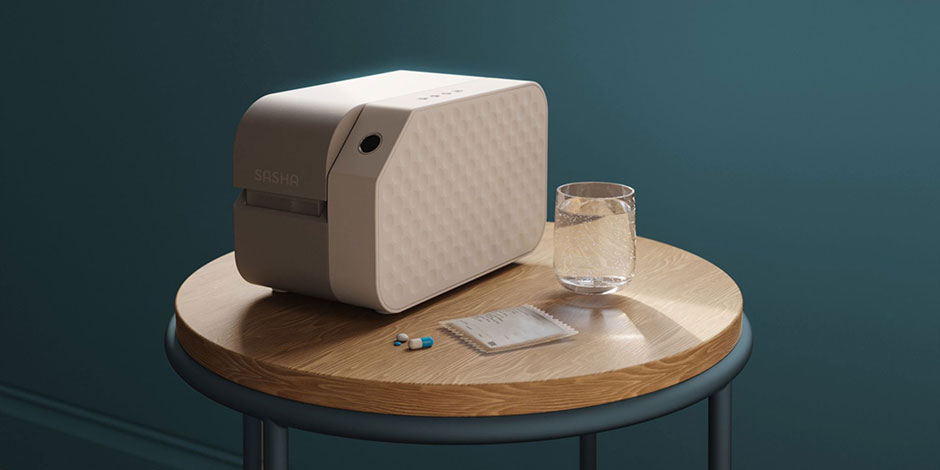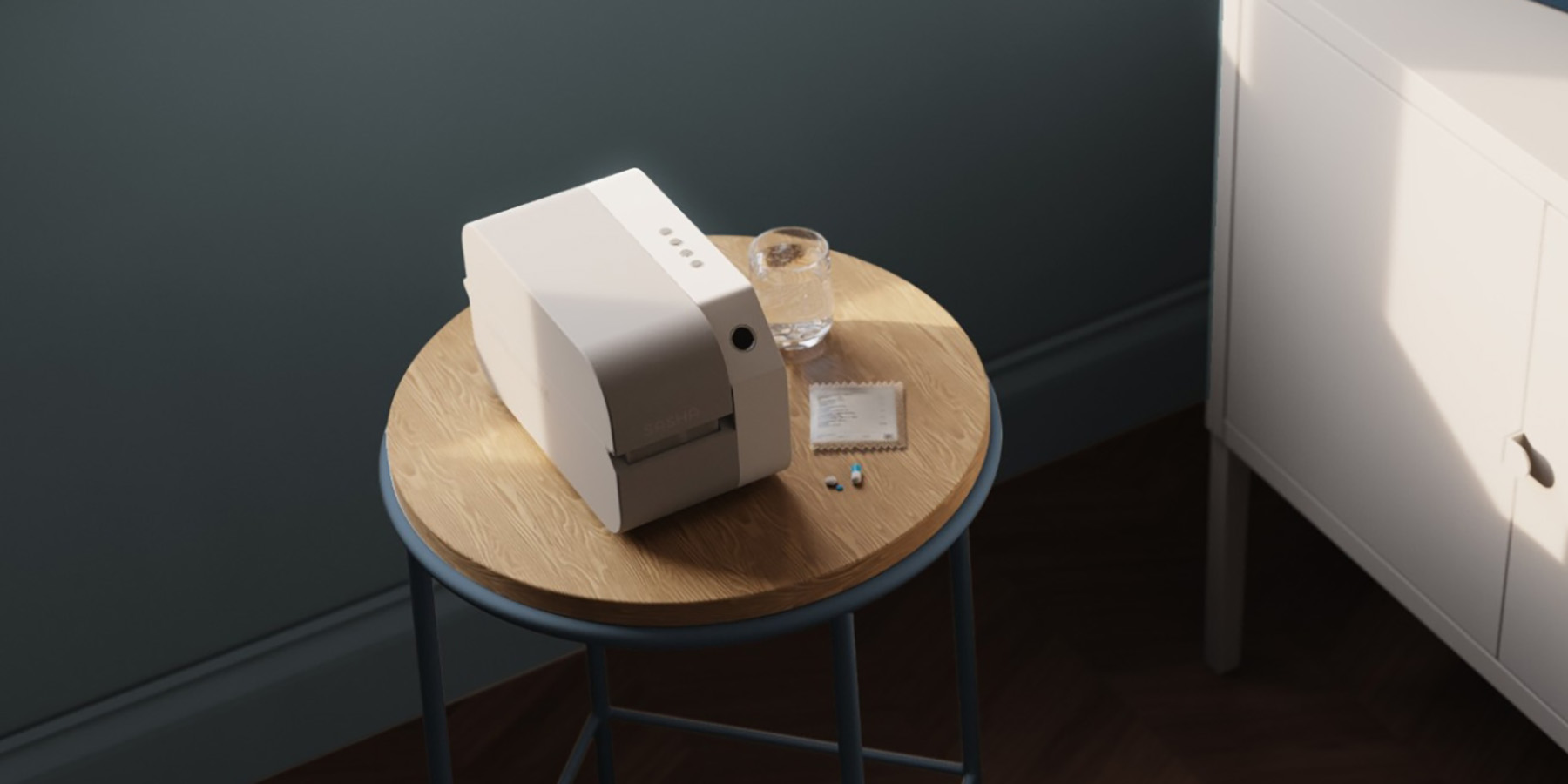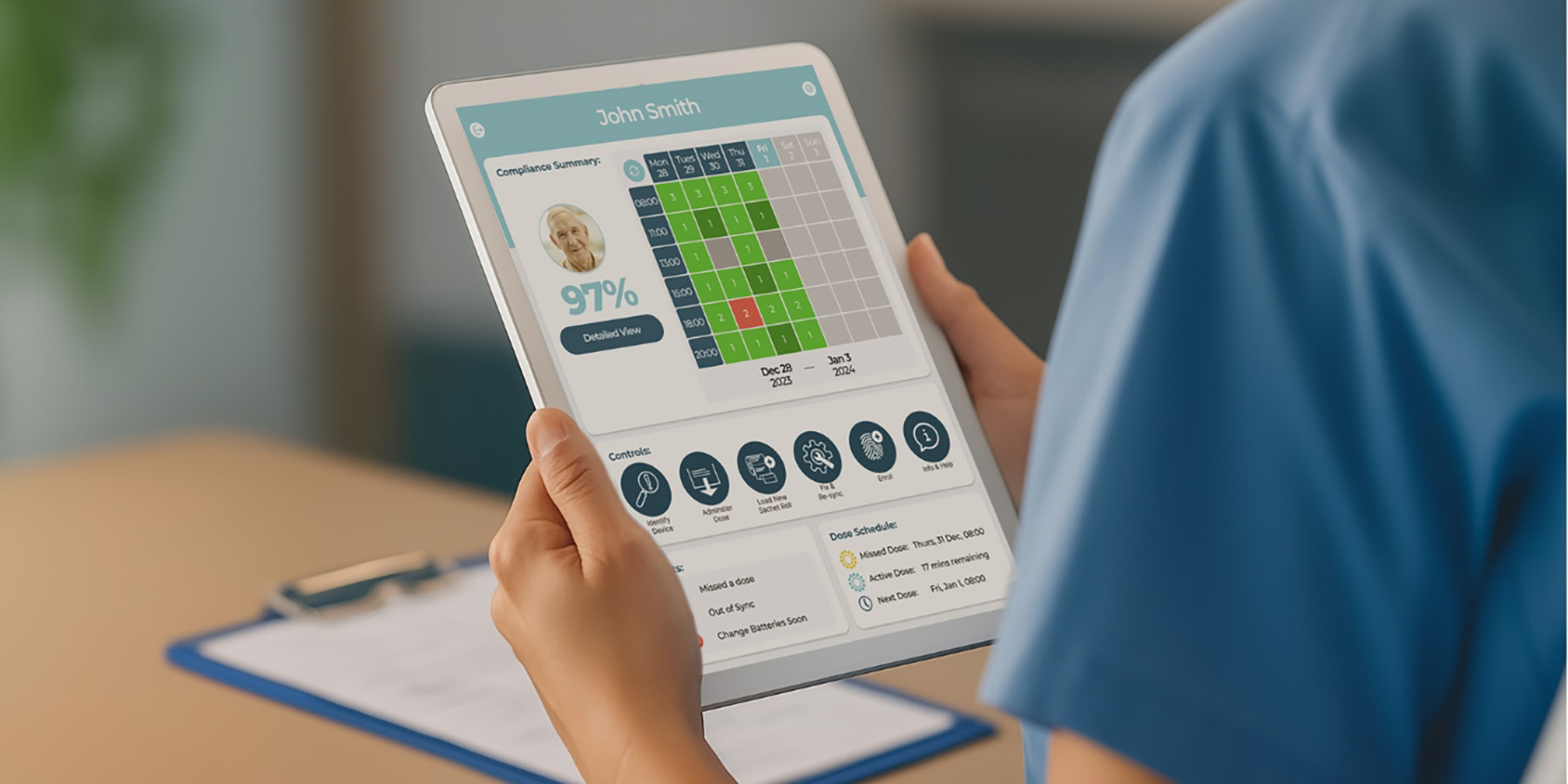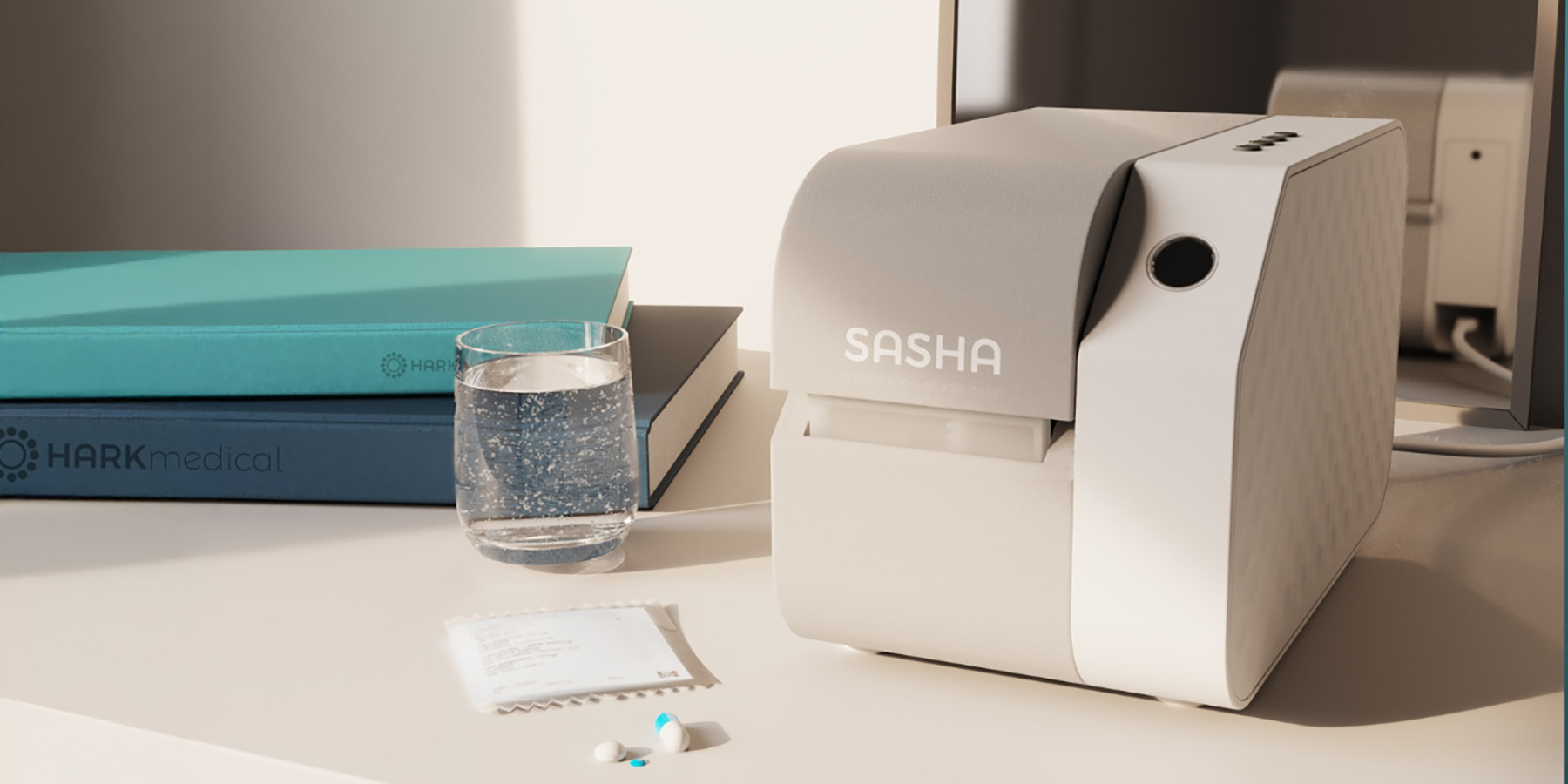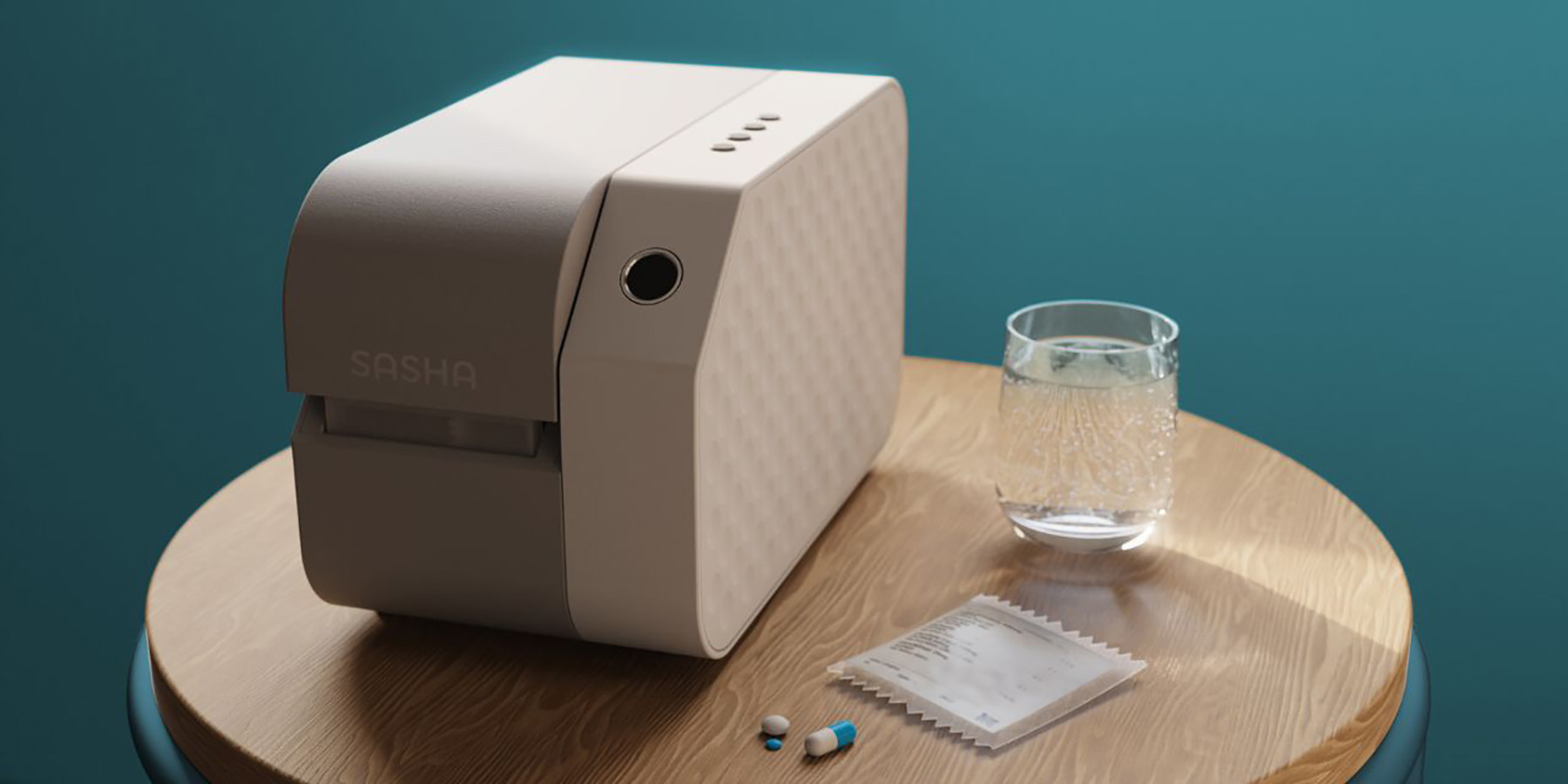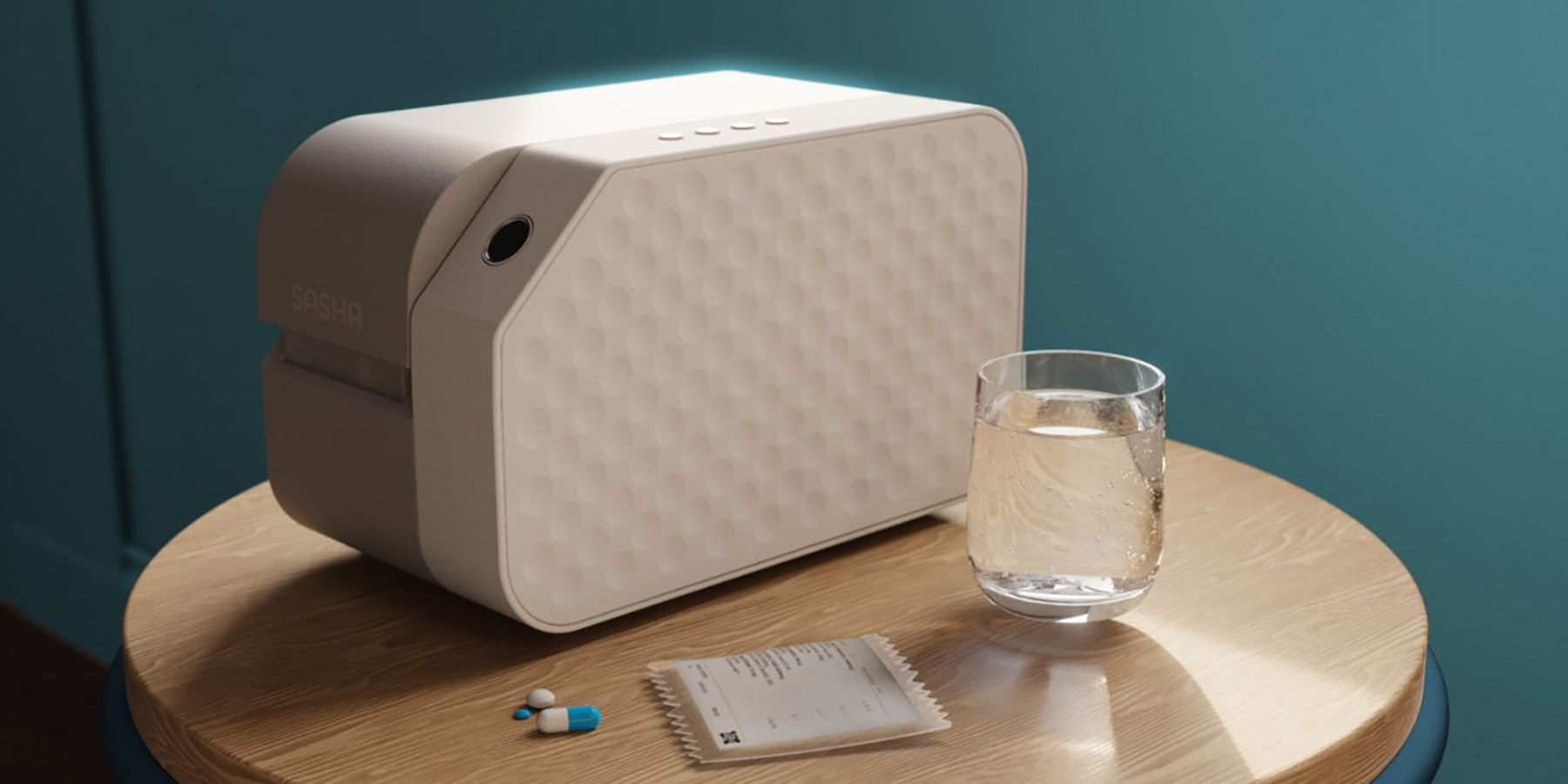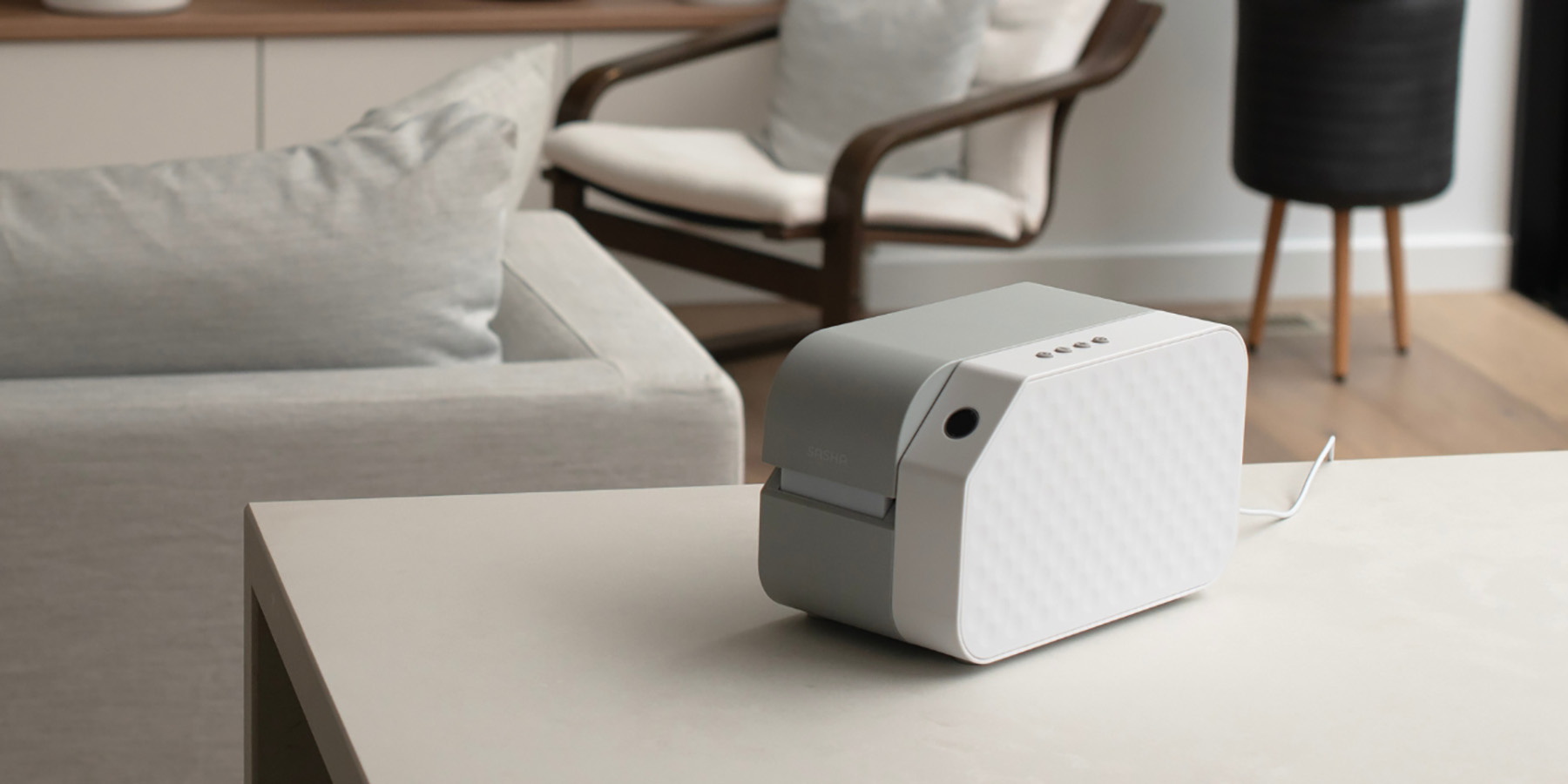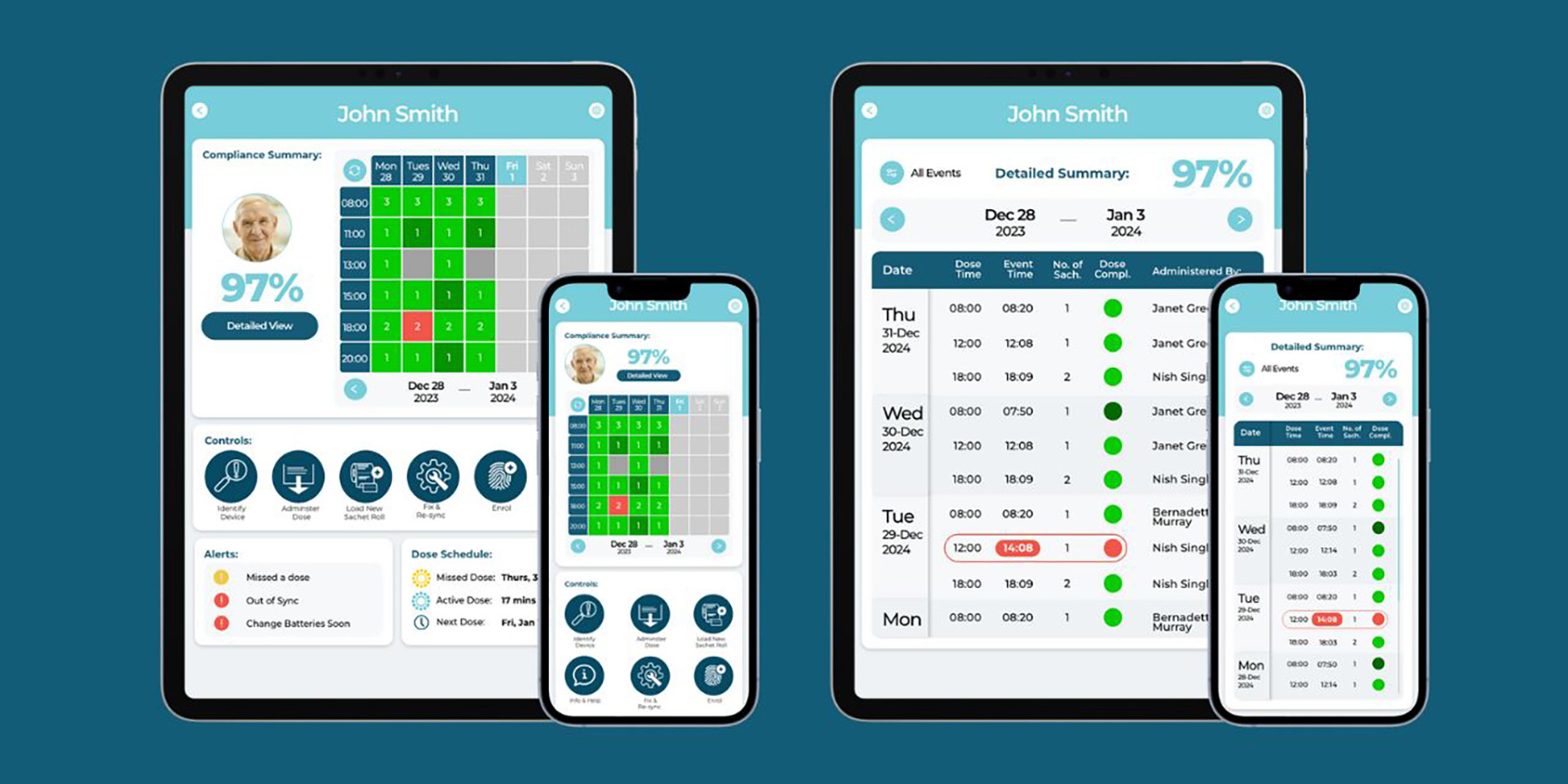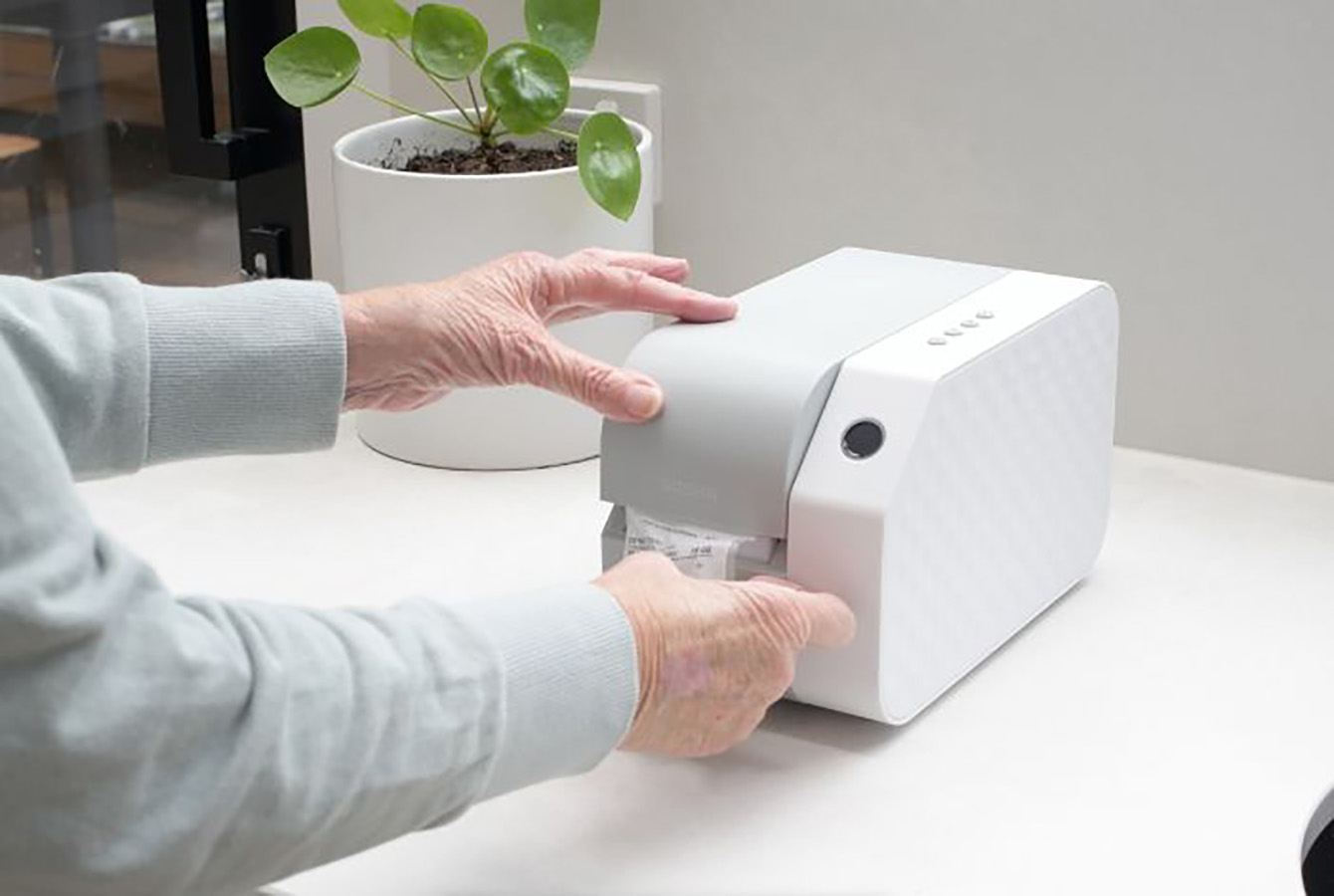The design process began when our founder learned about Australia’s pharmacist-packed medication sachet system. It sparked the question: what if these could be stored, released and tracked through a single smart robot?
Our goal was a design that felt approachable - familiar enough to sit beside a bed, and simple enough for older adults to use without fear. We began with in-depth research and sketch development, followed by block models to explore the form and function.
We developed iterative prototypes, including a major engineering shift from a complex piston mechanism to a smoother tray-based delivery system. Along the way, we refined ergonomics, improved manufacturability, and separated the computing and mechanical components to simplify servicing and maintenance.
From there, we tested early versions in home settings. We wanted users ranging in age to be able to use Sasha, which influenced the simple scan, tear, scan usability model.
A key turning point came during trials at TLC Aged Care, a leading Victorian aged care provider. Observing how medication was managed in practice directly shaped Sasha’s final design. Nurses began using Sasha during dose rounds, replacing the need to push medication trolleys from room to room.
The data Sasha collected helped us create tailored analytical reports aligned with what providers and staff actually needed. We also discovered that fingerprint recognition can be unreliable in older adults, so we introduced RFID access as an alternative. Additionally, we expanded both the hardware and software to safely support PRN medications.
Each stage involved feedback from real users, which informed both physical and digital design.
Now, after being tested, rebuilt and refined across multiple care settings, Sasha is successfully being used across Australia. Not only does Sasha make medication routines safe and simple, but it also helps providers strengthen clinical governance, reduce risk, and improve operational efficiency.

